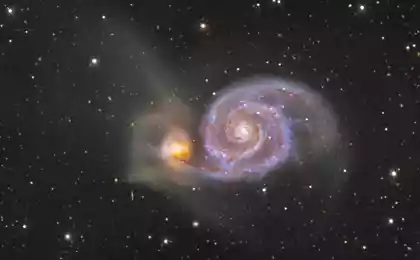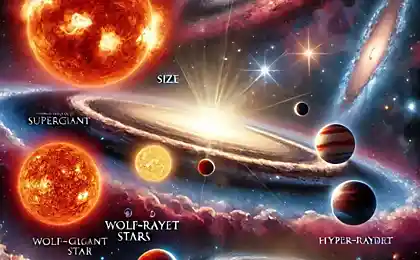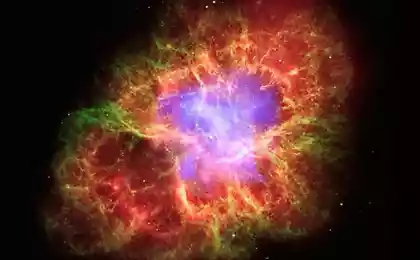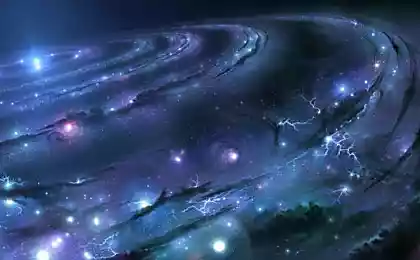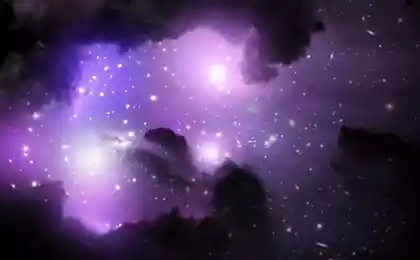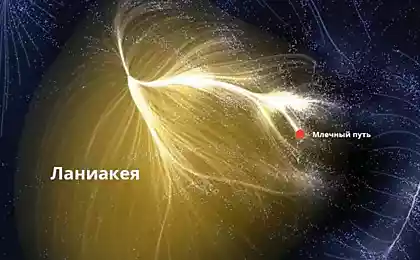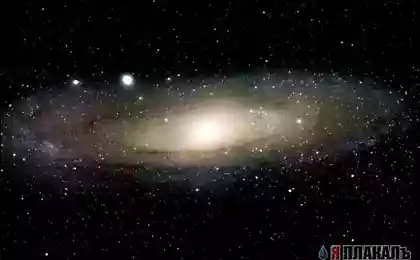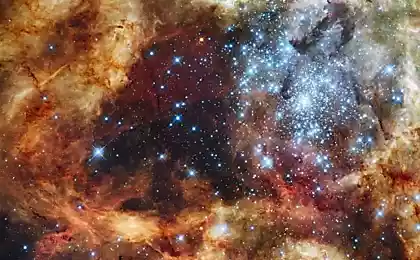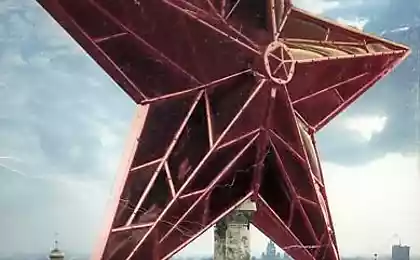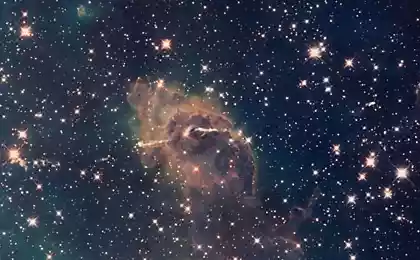532
Discovered the origin of the fastest star in our galaxy
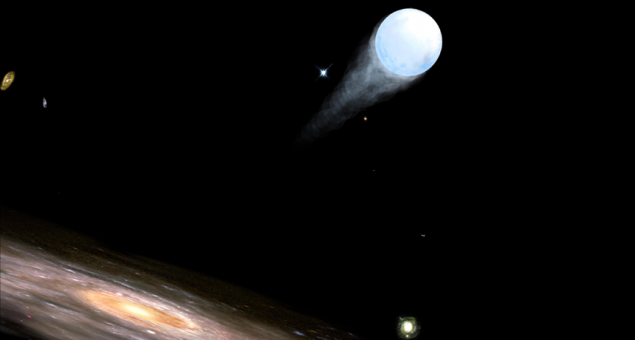
The fastest of all the known stars in the milky Way is on the way out of the galaxy, and a recent study shows that galactic pink with the acceleration of the star gave supernova. Star US 708, a refugee moves at a speed of 12,000 km/s — or 43 million km/h — and thus is defined as the fastest star in the milky Way known to astronomers until now. Its speed allows you to leave the gravitational pull of the galaxy and eventually escape into intergalactic space.
Most of the other stars moving fast enough to exit the galaxy, scientists believe, thrown monstrous black hole at the center of the galaxy. US 708 — the first star with another origin story at this point, and, as the study shows, her life was strange and chaotic.
Away ofsudanese the Sun and most of the millions of stars in the milky Way collectively rotate around the center of the galaxy with a relatively small speed: our Sun is moving at a speed of 724 000 km/h or 200 km/s. But there is a class of so-called high-speed stars (hypervelocity stars) that are moving with sufficient speed to escape the gravitational pull of the galaxy.
Still the fastest of such high-speed stars moving at a speed of about 3.5 million kilometers per hour. But US 708 is moving at a speed of more than 40 million kilometers per hour.
"It is much faster," says Stefan Geyer, a researcher at the European southern Observatory and co-author of a new study. Geyer and his colleagues first discovered US 708 in 2005. In his new work, together with colleagues, he was able to measure the speed of stars, using current and historical data and to track the change of its motion for 70 years.
Supermassive black hole at the center of the milky Way can play gravity muscles and discard any star caught up with her in the neighborhood, and many other high-speed stars, believed to have come from there. But US 708 start their movement not from the galactic center.
Scientists say that the star probably was in orbit around another star, when her path changed. US 708 and her partner revolved around each other very quickly and with very little distance between them. A nearby star exploded as a supernova and was completely destroyed. 708 US suddenly without a gravitational rope and the speed of rotation suddenly gave the star motion in a straight line.
"It's like you're riding on a carousel connected with a chain and cut the chain you are immediately ejected from the carousel, says Geyer. In this case, the carousel exploded."
Unusual fate for звезды
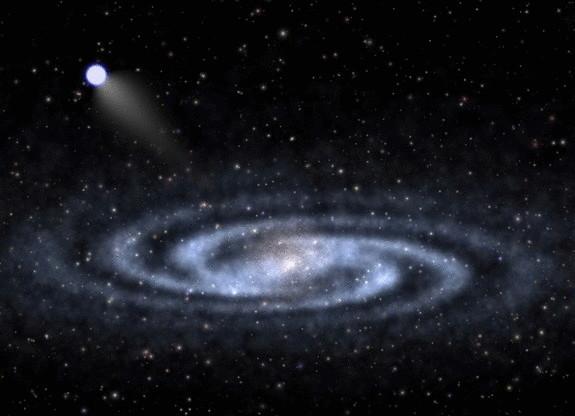
Scientists cannot look back in time and see what happened to US 708, before it went on its current course. But the evidence that they need to be hiding in the physical characteristics and present behavior of the star.
Speed is not the only thing that distinguishes US from other high speed 708 of the stars. Until 2014 all the detected stars such a plan was similar to our Sun. At the beginning of that year was discovered by a group of larger high-speed stars (these stars were probably born in the center of the galaxy). But US 708 is not the average, not big and not huge; it is known as hot soberly.
As the name implies, hot substarlike small but very hot, which suggests that they were much more massive. 708 US currently has about half the mass of our Sun, but scientists say that, most likely, the star was a red giant with a mass two to three times greater than our Sun. The outer hydrogen layers of the red giant probably flowed into the nearest star, leaving substarlike mostly helium.
Star cannibal was most likely a white dwarf: karapetrova star that no longer burned fuel. After she ate the outer layers of hydrogen 708 US, she started to suck the helium that led to the breakup.
Helium is highly flammable gas, and as the white dwarf absorbed this material, creating a thick hot layer on its surface, helium is ignited. Theory suggests that the inflammation and accumulation of helium has led to the burning of carbon within the star, which could further result in the destruction of the entire star during a supernova explosion of type 1A.
"White dwarf was completely destroyed, says Geyer. Again, the separation of the white dwarf was able to guide US on the path 708 from the galaxy. But the explosion itself is unlikely to provide the star with enough energy that could leave the system. — I think this is one of the most dramatic stories about the life of a star. Star has been through a lot".
Scientists can't say for sure that US 708 came from the region where are usually born from the supernova of the first type. The remnants of this event has already evaporated. But the physical characteristics of the star lead them to this conclusion: the fact that US 708 is a hot soberly, consisting mostly of helium, and the fact that it rotates very quickly (due to the close location relative to the white dwarf).
Geyer and his colleagues say that studying a larger number of stars like US 708, may provide more information about how to form type 1a supernovae. Scientists use these bright spots to measure large distances in the Universe, so their understanding can affect many areas of astronomy.published
Source: hi-news.ru

